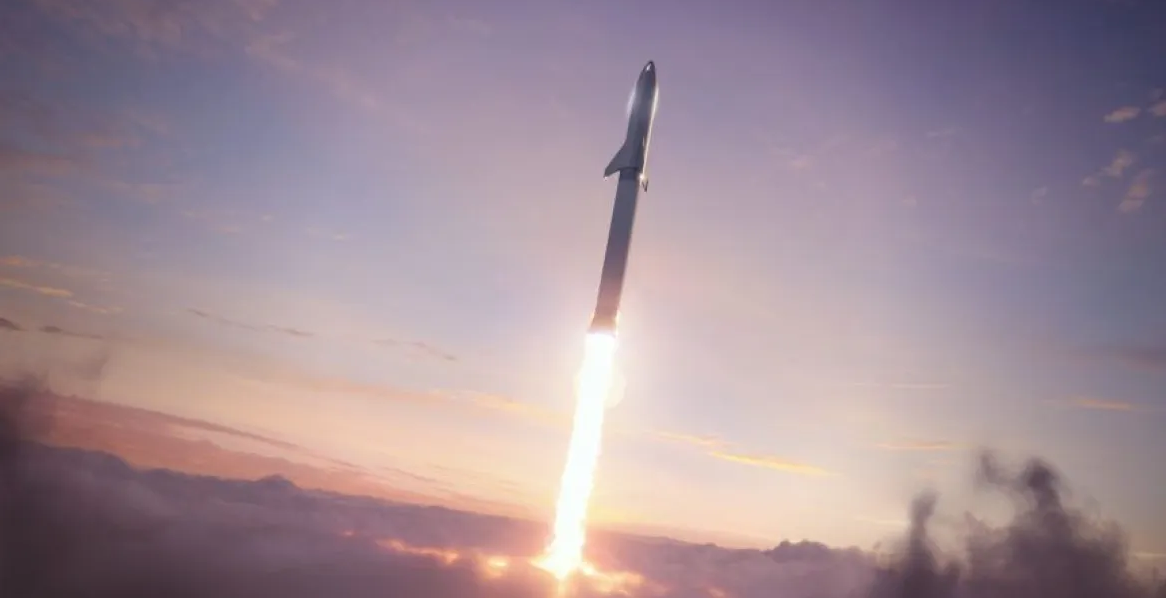With the ease of starting a car, the crew of the USS Enterprise starship streaks to a new adventure in every episode of Star Trek, somehow traveling at several times the speed of light. This sci-fi mode of practical interstellar travel, which television audiences first saw in 1966, inspired Mexican physicist Miguel Alcubierre Moya to investigate the feasibility of a real method for light-speed propulsion. Decades later, he published his cutting-edge research to an astonished community of theoretical physicists. The eponymous Alcubierre warp drive hypothetically contracts the spacetime in front of a spaceship while expanding the spacetime behind it, so that the ship moves from Point A to Point B at an “arbitrarily fast” speed. By distorting spacetime—the continuum enfolding the three dimensions of space and time—an observer outside the ship’s “warp bubble” would see the ship moving faster than the speed of light, even though observers inside the craft would feel no acceleration forces.
If a superluminal—meaning faster than the speed of light—warp drive like Alcubierre’s worked, it would revolutionize humanity’s endeavors across the universe, allowing us, perhaps, to reach Alpha Centauri, our closest star system, in days or weeks even though it’s four light years away.
However, the Alcubierre drive has a glaring problem: the force behind its operation, called “negative energy,” involves exotic particles—hypothetical matter that, as far as we know, doesn’t exist in our universe. Described only in mathematical terms, exotic particles act in unexpected ways, like having negative mass and working in opposition to gravity (in fact, it has “anti-gravity”). For the past 30 years, scientists have been publishing research that chips away at the inherent hurdles to light speed revealed in Alcubierre’s foundational 1994 article published in the peer-reviewed journal Classical and Quantum Gravity.
Now, researchers at the New York City-based think tank Applied Physics believe they’ve found a creative new approach to solving the warp drive’s fundamental roadblock. Along with colleagues from other institutions, the team envisioned a “positive energy” system that doesn’t violate the known laws of physics. It’s a game-changer, say two of the study’s authors: Gianni Martire, CEO of Applied Physics, and Jared Fuchs, Ph.D., a senior scientist there. Their work, also published in Classical and Quantum Gravity in late April, could be the first chapter in the manual for interstellar spaceflight.
Uzay Bulut: Turkey’s government enables terrorists – Analysis
Positive energy makes all the difference. Imagine you are an astronaut in space, pushing a tennis ball away from you. Instead of moving away, the ball pushes back, to the point that it would “take your hand off” if you applied enough pushing force, Martire tells Popular Mechanics. That’s a sign of negative energy, and, though the Alcubierre drive design requires it, there’s no way to harness it.
Instead, regular old positive energy is more feasible for constructing the “warp bubble.” As its name suggests, it’s a spherical structure that surrounds and encloses space for a passenger ship using a shell of regular—but incredibly dense—matter. The bubble propels the spaceship using the powerful gravity of the shell, but without causing the passengers to feel any acceleration. “An elevator ride would be more eventful,” Martire says.
That’s because the density of the shell, as well as the pressure it exerts on the interior, is controlled carefully, Fuchs tells Popular Mechanics. Nothing can travel faster than the speed of light, according to the gravity-bound principles of Albert Einstein’s theory of general relativity. So the bubble is designed such that observers within their local spacetime environment—inside the bubble—experience normal movement in time. Simultaneously, the bubble itself compresses the spacetime in front of the ship and expands it behind the ship, ferrying itself and the contained craft incredibly fast. The walls of the bubble generate the necessary momentum, akin to the momentum of balls rolling, Fuchs explains. “It’s the movement of the matter in the walls that actually creates the effect for passengers on the inside.”
Continue here: Popular Mechanics
Ask me anything
Explore related questions





